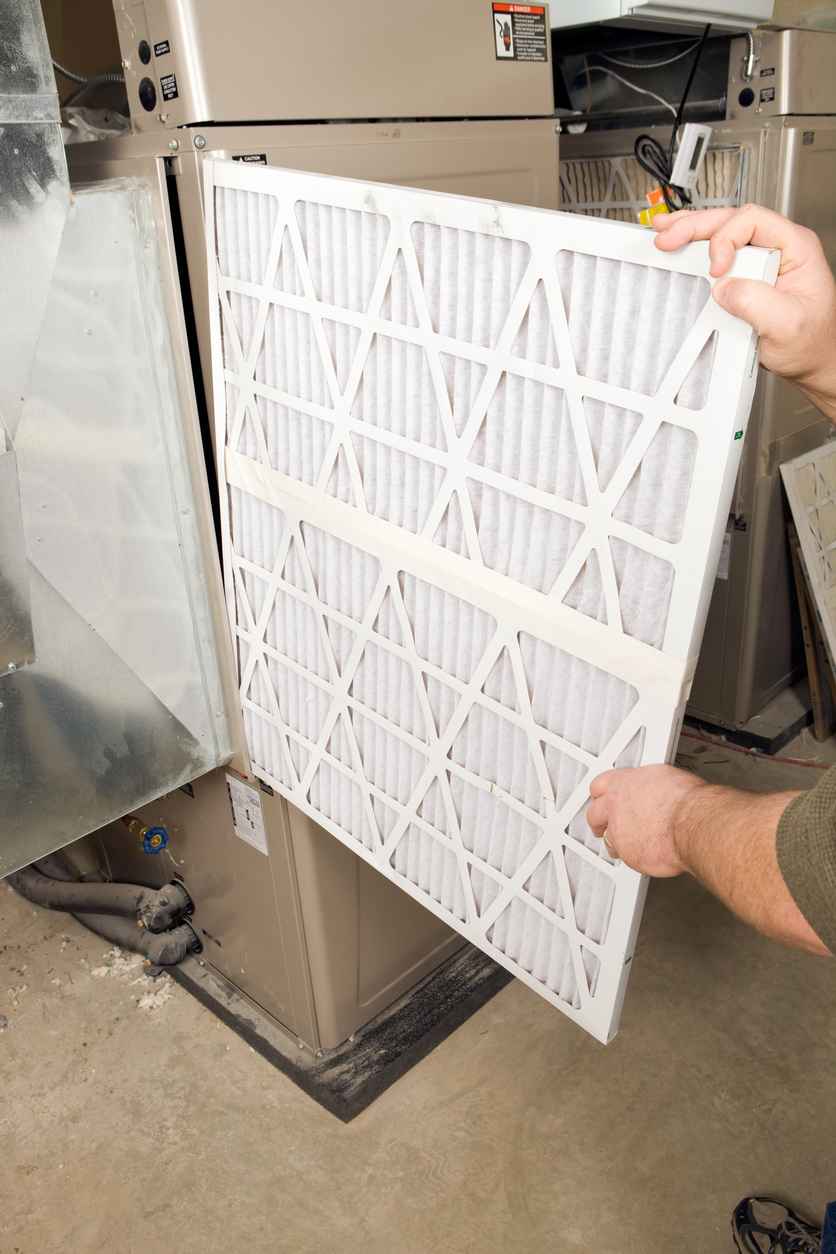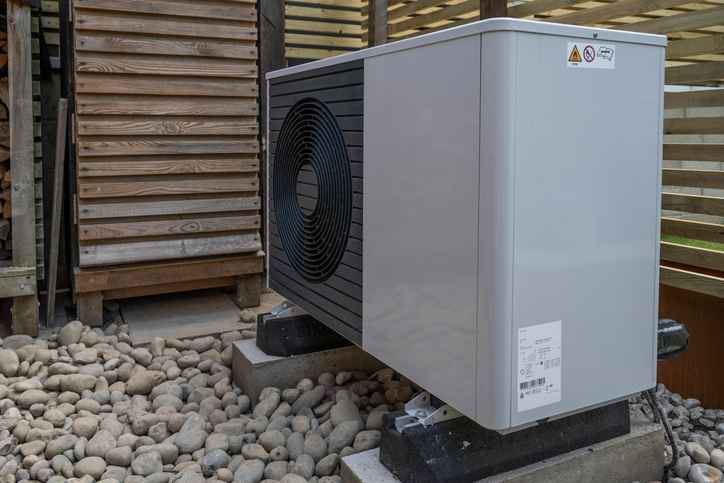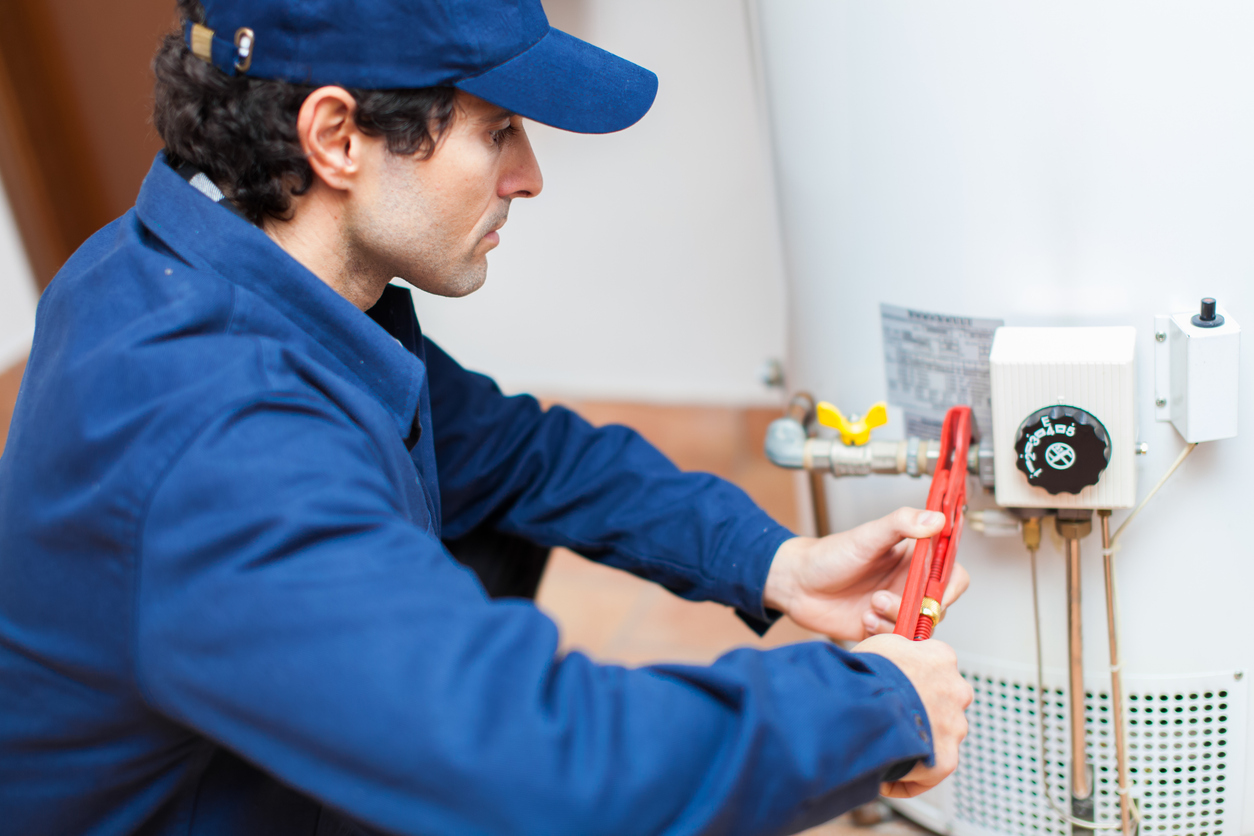4.8 Google Rating
Ask AAA: Should I Wrap My Water Heater in an Insulation Blanket?
Welcome to another installment of Ask AAA where our Denver area home service experts address your queries about all the things that make your home functional and comfortable.
In this edition, we’re tackling the limitations of tankless water heaters, what to do if you drop your ring down the sink (it happens!), the curious placement of the hot water knob, and more!
Should I Wrap My Water Heater in an Insulation Blanket?
“I’m a cheapskate. I’ll take advantage of any opportunity to save a buck or two. Can an insulation blanket cut my water heating costs?”
– Thrifty in Thornton
Your water heater is second only to your central heating system as your home’s most energy-hungry appliance, accounting for about 18% of your electricity costs. So, it’s understandable why you’d want to reign in its energy consumption.
According to the U.S. Department of Energy, an insulation blanket could help cut your annual water heating costs by as much as 16%. But not every water heater needs one.
How old is your water heater?: Modern water heaters have adequate insulation built into the tank. An additional layer might cause the system to overheat, tripping a safety mechanism called the temperature and pressure relief valve. An older water heater, however, might benefit. Find your water heater’s R-value on the label. A water heater with an R-value of less than 24 could be a candidate for an insulation blanket.
Other ways to cut water heating costs: You can also consider installing a timer on your water heater. A timer functions like a programmable thermostat, allowing you to create a schedule around your water heating needs. While you’re sleeping or away, the timer switches the water heater off, saving energy. And don’t overlook routine maintenance. Periodically flushing your water heater of sediment will improve performance, extend the lifespan, and help it operate more efficiently.
Help! I Dropped My Ring Down the Sink!
“I take my ring off when I wash my hands. I’m always cautious about setting it on the counter before washing up, but it slipped out of my fingers and fell into the sink. Did my love life go down the drain along with my ring?”
-Clumsy in Castle Rock
Don’t worry. The P-trap may very well have saved your marriage. The P-trap is that U-shaped section of pipe beneath the sink. It always contains a bit of water to form a seal that gas odors cannot penetrate. But it also serves an important secondary purpose: catching the things people inadvertently drop down the drain.
Follow these steps to retrieve your ring from the murky depths of your plumbing.
- Place a bucket under the P-trap
- Use a pair of water pliers to remove the lock nuts
- Slide the P-trap out and empty the contents into the bucket
Is your ring there? Gosh, we hope so!
Does a Tankless Water Heater Provide Instant Hot Water?
“I’m tired of waiting for the shower to warm up before stepping in. Will a tankless water heater supply hot water instantly?”
-Rushing in Aurora
Tankless water heaters are tremendously efficient and supply endless hot water, but it won’t get you into the shower any faster, sorry to say. For that, you’ll need a recirculation pump.
A recirculation pump keeps hot water in constant circulation, so it’s there when you need it. No more wait, no more waste.
How it works: A pump at the water heater sends water to the furthest tap from the tank — the showerhead in an upstairs bathroom, for example. The water sits in the pipe, ready for use until it cools. The unused water travels back to the water heater while more hot water is trafficked through the pipe, waiting on standby. Round and round it goes. Because this device keeps hot water at-the-ready, you’ll save around 12,000 gallons a year! That’s water that would otherwise be wasted while you wait for it to get warm.
Why Does My Furnace Have a Yellow Flame?
“I was doing some troubleshooting on my furnace when I noticed that it had a yellow flame. Is that normal?”
-DIYing in Denver
Yellow = yikes! When a furnace is working correctly, the combustion process will use the right mix of oxygen and gas, resulting in a blue flame with just a hint of yellow at the tip. Too much gas or not enough oxygen will produce a pilot light that’s yellow or orange. An off-color flame may also indicate that other elements are burning, such as dust, rust, oil, tar, and other potentially hazardous materials. Because the gas isn’t burning cleanly, you might also notice a sooty buildup on the components.
In addition to color, note the flame’s movement. A steady flame is a healthy flame. Flickering suggests a serious malfunction, such as a cracked heat exchanger. This could compromise your indoor air quality with carbon monoxide. It’s a severe health risk and should be inspected by a professional HVAC technician right away.
Why is Hot Water Knob Always on the Left?
“I’m a proud lefty. There are very few things made with southpaws in mind. That’s why I’m always grateful that the handle for hot water is always on the left, no matter where I go. I’m assuming the person who invented hot running water was a fellow lefty. Is this case?”
-Lefthanded in Lakewood
For all we know, the smart plumber who made it possible for us to receive hot water at the turn of a handle may have been ambidextrous. The decision to place hot water on the left boils down to available space around the faucet. You see, when indoor plumbing was introduced in the 19th century, we used a hand pump to draw water to the tap. Because most people were — and are — right-handed, the pump was placed on the left.
That left only one place to put the hot water valve when it was finally invented — to the left of the faucet’s cold water side. And there it remained. Today, its placement is enforced by the Uniform Plumbing Code, which states that faucets “shall be connected to the water distribution system so that hot water corresponds to the left side of the fittings.”
By the way, the hot water valve’s position isn’t the only plumbing configuration that favors lefties. Ever notice that the flusher is always on the left side of a toilet?
Bottom line: We’re always happy to help answer your questions about your plumbing, electrical, and HVAC systems, whether here in our blog or on the phone. Got a pressing question that only our pros can answer? Turn to the experts at AAA Service Plumbing, Heating & Electric by calling (303) 313-3333.
Categories





